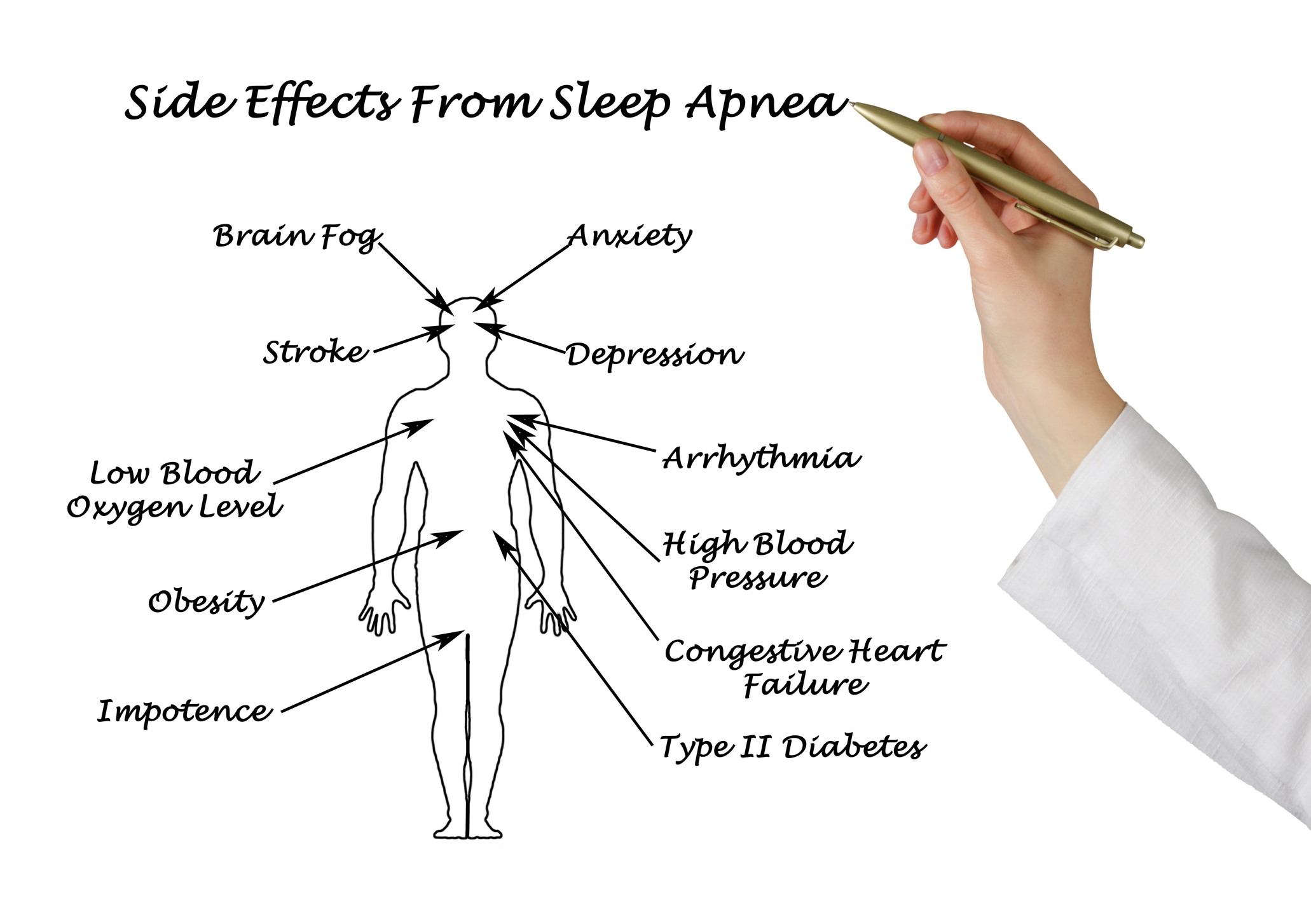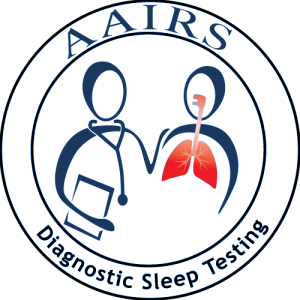What is Sleep Apnea?
Types of Sleep Apnea: Obstructive Sleep Apnea (OSA), Central Sleep Apnea (CSA), Complex or Mixed Sleep Apnea
Obstructive Sleep Apnea (OSA) is defined by interrupted breathing during sleep caused by an obstruction in your airway
Causes for OSA:

Symptoms of Sleep Apnea
Central Sleep Apnea (CSA) occurs when your brain doesn’t send the proper signals to the muscles that control your breathing during sleep causing abnormal breathing patterns.
Causes for CSA:
- Underlying illnesses or history of stroke
- Use of narcotics/opioids – such as pain medication or illicit substances such as heroin
Complex or Mixed Sleep Apnea involves the occurrence of both central and obstructive breathing events during one’s sleep

Sleep Apnea Treatments
Based on the results of your sleep study and severity of your diagnosis, your doctor will recommend one of the following treatments:


